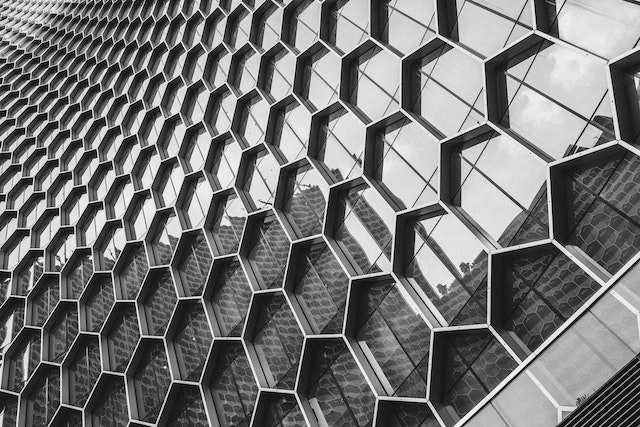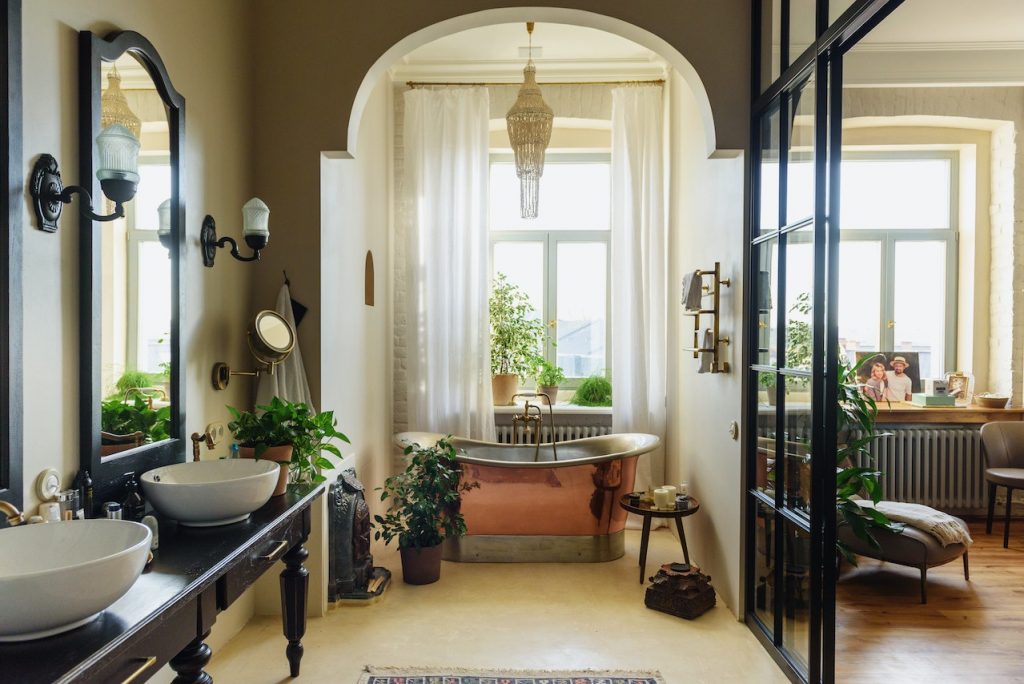Explore Interior Design Trends Since the pandemic hit, many corporate offices are adopting an at-home aesthetic in order to ease employees back into work, such as providing lounge seating areas and warm lighting in order to facilitate recovery.
Soft lines are slowly taking the place of square corners in furniture and accent pieces, offering an organic aesthetic that complements earth tones and textures well.
Soft Curved Lines
Recent worldwide interior design trends feature soft lines, flowing shapes, and organic curves as the new norm in interior design. These organic curves replace boxy edges and clean lines popular during this era and give homes more comfortable looks – from sofas and chairs to circular mirrors and wallpaper patterns – featuring them. Research shows that people often prefer curvier lines over straight or angular ones; these tend to appear graceful and flexible while straight ones often cause feelings of anxiety or irritation.
Another emerging interior design trend involves using natural wood in all aspects of design – from flooring and countertops to accent decor and accent pieces. Since wood is an environmentally-friendly material that helps reduce our carbon footprint, adopting this trend makes sense and also gives your home a warm and welcoming feeling perfect for relaxing.
Wood may not be the only sustainable trend; another one influenced by its environmental-friendliness is terrazzo. This composite material used for floors and wall coverings in modern bathrooms features natural appeal reminiscent of stone or marble; moreover, there is a wide selection of colors so you can find one to suit your home perfectly.
Maximalist style has long been trending and will continue to do so into 2023. This style involves mixing clashing prints with bright colors throughout your space – starting off small like throw pillows or artwork can help introduce this look before expanding to larger furniture fixtures or more permanent interior design elements.
Geometric Patterns

Geometric patterns may appear two-dimensional at first glance, but their shapes can actually be three dimensional as well. Geometric shapes can range from angular or smooth with arcs, circles and ovals as well as triangles, squares and hexagons present; all these features combine into geometric patterns formed from repeated lines or dots that have either been outlined or embossed for maximum effect.
While geometric patterns can add texture and visual interest to any style of interior decor, they work especially well when applied sparingly to traditional or country settings, providing stability and balance within the room. They’re an excellent way to highlight furniture pieces or home accessories while serving as accent walls and room dividers.
Geometric patterns work well with contemporary styles as well. With minimalism giving way to retro styles like Art Deco’s geometric patterns and ornate details, look for revival of Art Deco styles such as geometric patterns.
Geometric patterns can also be integrated into more contemporary themes like the hygge trend that prioritizes coziness and comfort in the home. Consider it as a more practical, relaxed version of minimalism which emphasizes coziness elements like rugs and pillows.
If you want to add structure or interest to your design, try adding geometric patterns with diagonal lines as part of the structure or decoration. These will draw viewers’ eyes through your image or design more easily while making the entire experience easier for them to understand and take in. Experiment with different shapes and combinations of lines until you find an ideal geometric design for your next project!
Textured Zellige Tiles
Handcrafted materials like zellige have created quite the stir in the design world this year. This Moroccan tile technique with an ancient history has recently seen a revival due to people seeking unique details for their homes. What sets zellige apart from more popular tiles like subway is that its imperfections add character, while subway tiles give off a uniform finish which pleases perfectionists.
Experts notes that authentic zellige tiles are handcrafted from Fez-region clay and then hand-pressed into flat shapes before being fired in natural wood kilns to give a unique organic aesthetic. When selecting this type of tile, look out for small imperfections or color variances to verify its authenticity as genuine zellige.
Many tile manufacturers offers an aesthetically pleasing natural appearance, so for optimal results it should be combined with other organic elements in your home. A textured zellige backsplash makes an ideal finishing touch to an exposed-granite kitchen island or raw wood accent decor; additionally it makes an eye-catching statement behind a wood-burning fireplace or concrete countertops.
Installing zellige tile requires using the smooth side of your trowel to apply adhesive, covering every tile’s back. When it’s time to lay them down, wedge spacers should be used so as not to cause air bubbles between each one. Whenever possible, have your installer blend tiles from different boxes together so as to achieve an even distribution of surface and color variation; the end result should be an eye-catching artisan-inspired addition to your home that requires regular cleaning as it can become dirty quickly in kitchen or bathroom environments.
Art Deco
Art Deco, one of the latest trends resurfacing from the 1920s, brings glamour and idealism of that period into modern home decor. Influenced by French, Egyptian, Mediterranean cultures as well as geometric patterns with rich color palettes create a stylish aesthetic in Art Deco design style. Here are some ways Art Deco could transform your space.
Design elements typical of this era include an abundance of metallics – gold, brass and chrome are commonplace across furnishings and fixtures – from accent pieces to full finishes – that add a sense of luxury to any room. Mirrored surfaces and glass accents further deepen this look, reflecting light to create depth-per-square-foot.
Bold colors and intricate finishes are hallmarks of this design style, from vibrant yellows and deep reds, greens, blues, and pinks to creams and beiges – which pair nicely with the polished wood furniture used during this era.
If you want to make a bold statement with your decor, choose wallpaper or fabric featuring geometric designs and patterns that draw the eye. Chevron, zigzags, waves or sunburst shapes are a good starting point; these shapes can then be repeated throughout other elements such as area rugs, wall art or even glassware and table tops for an unforgettable look.
Art deco designs feature natural materials like stone and wood in their decor, creating spaces with luxurious yet earthy atmospheres. You can easily incorporate these natural elements by choosing pieces with wood grain detailing or stone details.
Gothic Design
Gothic was popular from the 12th to 16th centuries and is known for its high buildings, intricate aesthetics and cavernous spaces. This style inspired architects and artists alike, giving their imaginations free reign to imagine knights, maidens and romance!
Gothic buildings made full use of Romanesque architecture’s many arches and vaulted ceilings by amplifying them. Instead of round arches, builders used long, thin pointed ones that accentuated ceiling heights while accommodating large windows. Flying buttresses supported these cathedral-like structures; pointed arches also allowed more light into the windows – something crucial for churches trying to teach Bible stories to an often illiterate population at the time.
Gothic design relied heavily on stained glass to both illuminate churches and draw in large numbers with beautiful hues inspired by biblical stories, inspiring religious devotion. Gothic artists were keen to engage the viewer’s emotions more directly than previous styles by depicting figures with natural poses and gestures to communicate emotions and spirituality more directly.
With the growing trend away from minimalism, more decorative styles have returned into fashion. Revamping beloved styles from your past is an easy way to bring texture and warmth back into your home. Decorilla has taken this information and analyzed customer search interest data across the United States in order to identify the top five most-searched design styles by state; cottagecore was most frequently searched in Northeast, followed by French country rusticism and maximalist designs.


